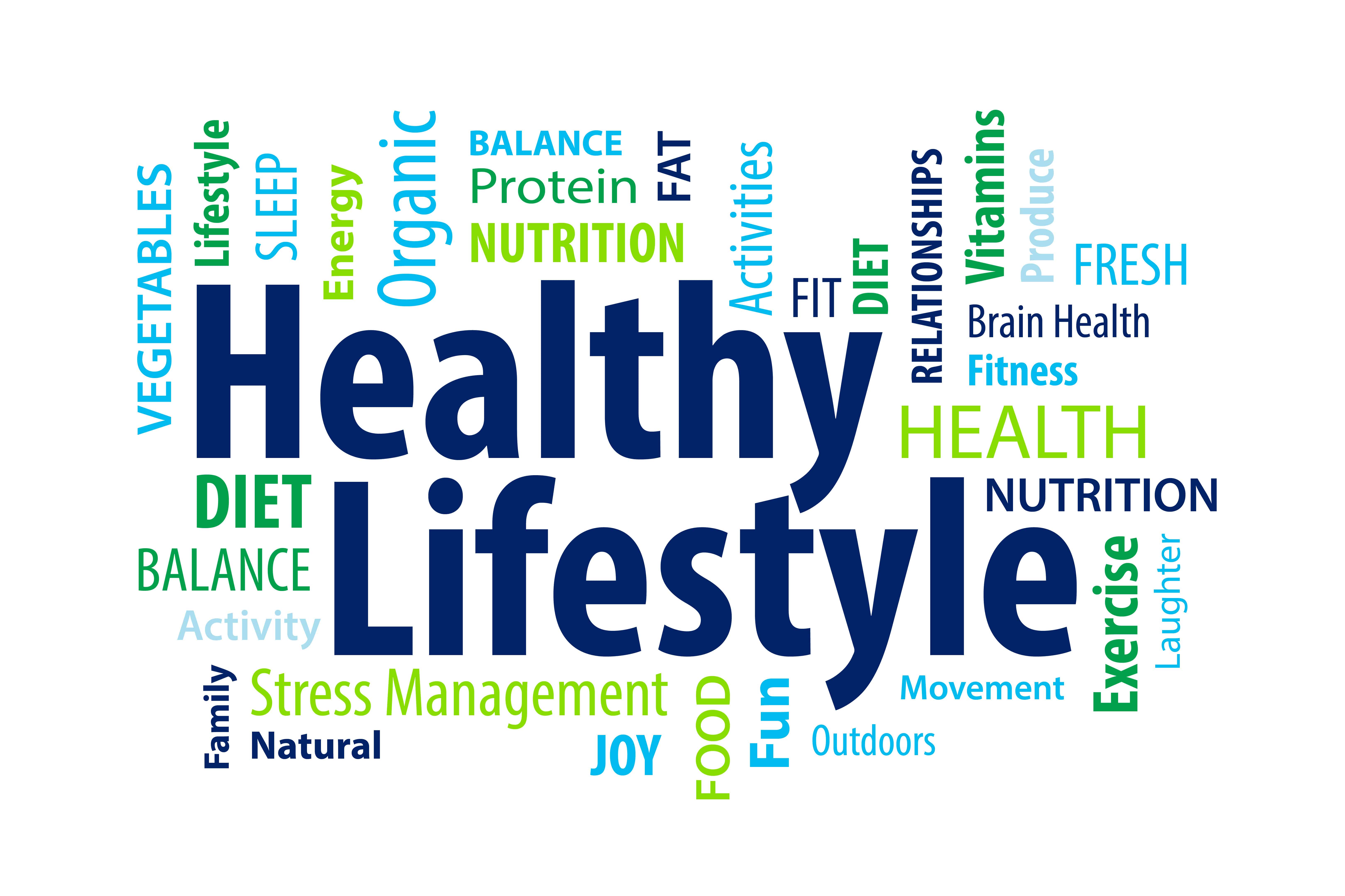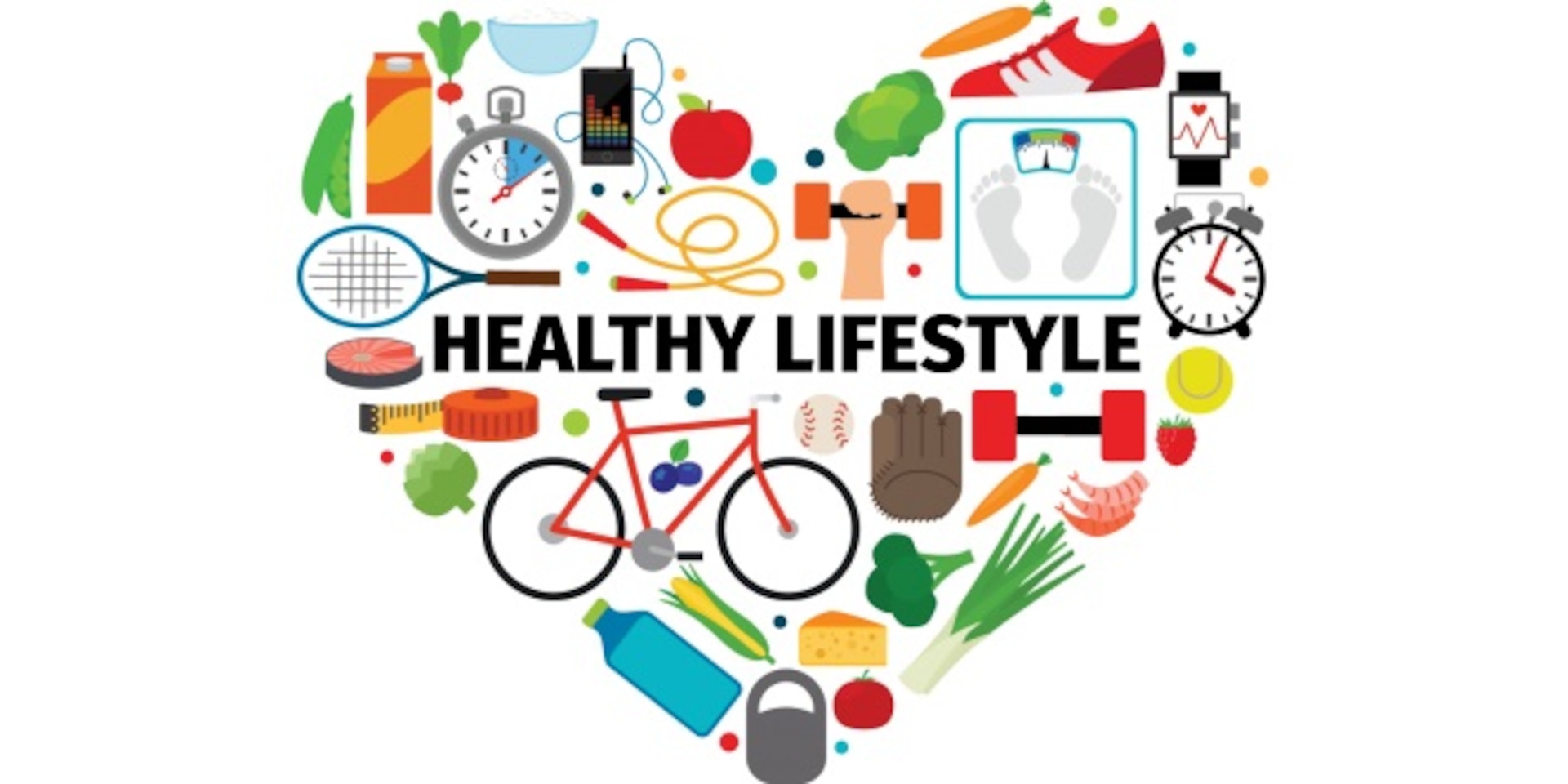For older adults, doing a variety of physical activities improves physical function and decreases the risk of falls or injury from a fall. Older adults need to include aerobic, muscle strengthening, and balance activities in their physical activity routines. This multicomponent physical activity can be done at home or in a community setting as part of a structured program.
By incorporating a variety of workouts that target different areas of health-related fitness, individuals can reap both physical and mental benefits that contribute to an overall sense of well-being. Activities like running, swimming, cycling, and dancing are all great examples of aerobic exercises that elevate the heart rate and challenge the cardiovascular system. These exercises not only improve oxygen flow to the muscles but also help in burning calories, which can aid in weight management. Being physically active can also support healthy aging and increase how many healthy, active years you have. For example, strength training into late adulthood can help preserve lean muscle mass, which is a major predictor of falls and quality of life. For older adults, maintaining health-related fitness is crucial for independence and quality of life.
Importance of Understanding Body Composition

To help mitigate the impact of the same, instructors design each program to cater to an individual while factoring in a person’s contextual strength and movement efficiency. As opposed to this, power and speed training are even more personalized. This is primarily because people have genetic differences that cannot be overcome through any means.
Promoting Longevity and Quality of Life
{ |}
|}
These factors can be related to the individual or wider social, cultural, environmental and economic determinants that influence access and opportunities to be active in safe and enjoyable ways. Watching what you put into your body, how much activity you get, and your weight are important for keeping your body working properly. Positive physical health habits can help decrease your stress, lower your risk of disease, and increase your energy. Flip each card below for checklists on how to improve your health in https://en.wikipedia.org/wiki/MadMuscles each area. You can also print the checklists separately or all together to share with others or as a reminder to yourself. In contrast to this fragmented and reductionist understanding of the fitness concept, in Biology fitness is defined as the ability of species to survive and reproduce in its environment [5].
Find detailed information about the benefits of yoga for health and wellbeing. Learn how to exercise safely when you have a chronic health condition, such as dementia, arthritis, or chronic pain. As we’re coming to a close here, Charlotte, this is some great information. What are some of your things that you’d like to leave with us as parting thoughts about functional fitness and what we should know? Balance incorporates not just how you’re moving, not just your feet, it incorporates your vestibular system and it incorporates your eyesight as well.
Muscular strength is developed through resistance and strength training. Resistance training includes exercises that force resistance against the muscles, such as weight lifting, bodyweight exercises, or using elastic exercise bands. Regular resistance training can help to improve posture, reduce the risk of injury, and improve overall health and fitness levels.
How Sustain Physical Therapy and Performance Can Help You Achieve Your Fitness Goals
For example, pilates, yoga, stair climbing, and long-distance activities are good options. Unlike muscular strength, which measures how much weight you can lift or move, muscular endurance tests how long your muscles can withstand an exercise. Our five health-related components of physical fitness can be a useful guide to help you achieve physical fitness and promote good health. They describe five areas to focus on in your fitness journey to ensure a well-rounded, active lifestyle.
{
How Physical Activity Impacts Mental Health
- {
- Whether you’re looking to improve cardiovascular endurance, build muscular strength, enhance flexibility, or manage body composition, we have the expertise and resources to guide you on your fitness journey.
- Moreover, improved flexibility can also enhance performance in various physical activities.
- By challenging our cardiovascular systems through activities like jogging, cycling, swimming, or even brisk walking, we enhance our body’s ability to sustain physical exertion over time.
- To begin with, many yoga academies frown against the practice being adapted into a medical modality.
- Examples of muscular endurance include long-distance trail running or cycling.
- For example, standing behind a chair, you can hold its back and lift one leg to about the height of the middle of the calf of the other leg while tightening your abdominal muscles.
|}
{
|}
{
|}
Strengthening exercises involve using your muscles to resist an external force. Whether you were once much more physically active or have never been one to exercise regularly, now is a great time to start an exercise and fitness regimen. Getting and staying in shape is just as important for seniors as it is for younger people. To pedal a bike over a long distance, often up steep inclines, cyclists must develop fatigue-resistant muscles in their legs and glutes.

{
Dr. Siegel: Harvard professor who criticizes MAHA movement’s push against ultra-processed foods is ‘wrong’
|}
Many people overlook the importance of flexibility and mobility exercises, which can lead to imbalances and increased risk of injury. Incorporating regular stretching and mobility work is crucial for overall fitness. Aim to engage in physical activity most days of the week, and find activities you enjoy to make it easier to stick with your routine. Older adults can benefit from specific training for balance and coordination. These skills tend to decrease with age, but are important for activities of daily living, like climbing stairs or doing household tasks (Kovar, 2016). Training these skills improves muscle force production and reflexes, which typically reduce with the aging process (McCall, 2014b).
{
Muscular strength
|}
Balance is the ability to maintain stability and control your body’s position during various movements and activities. Improving balance is crucial for preventing falls, enhancing coordination, and performing daily tasks efficiently. Balance exercises, such as standing on one leg or using a stability ball, can help strengthen stabilizing muscles and improve your overall balance. By incorporating balance training into your routine, you can enhance your stability and reduce the risk of injuries. Muscular endurance refers to the ability of your muscles to sustain repeated contractions over a period of time.
It can help to improve physical performance, coordination, and reduce an individual’s risk of injury. The Mayo Clinic states, “strength training may enhance your quality of life and improve your ability to do everyday activities. Building muscle can also contribute to better balance and reduce your fall risk.
With that being said, let’s get to learning the basics of the components of physical fitness, the categories & each component in the categories. Improving body composition involves focusing on lowering body fat while building or maintaining muscle mass. This can be achieved through a balanced approach that combines aerobic exercises, strength training, and mindful nutrition. Monitoring our progress with assessments like skinfold measurements or bioelectrical impedance analysis can offer motivating insights to guide our journey.